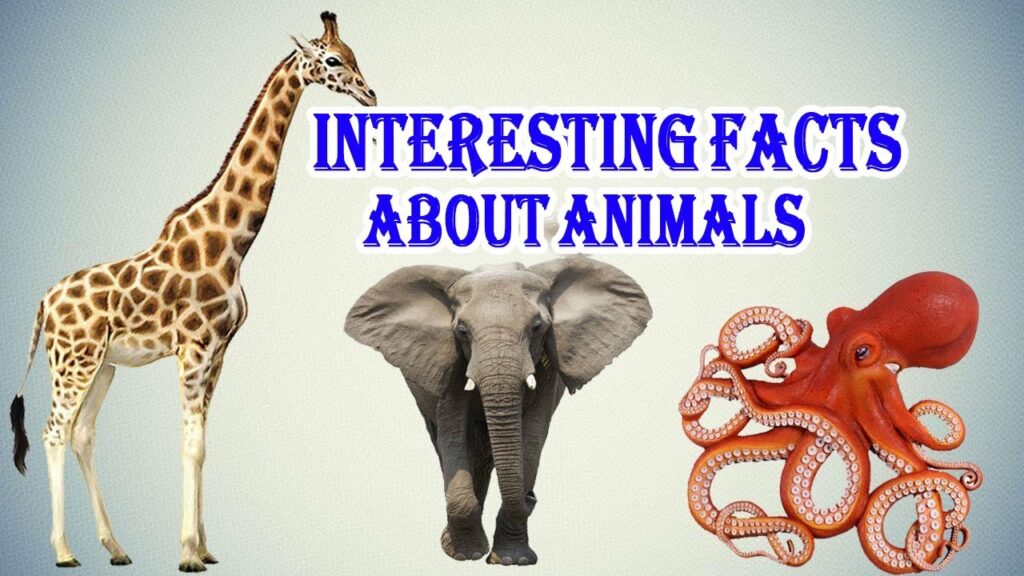10 Fascinating Facts About Animals You Probably Didn’t Know
- An octopus has three hearts and blue blood. Two of their hearts pump blood to the gills, while a third circulates blood to the rest of the body. Their blood is blue because it is rich in a copper-based protein called hemocyanin, which is more efficient for transporting oxygen in low-temperature, low-oxygen environments.

- Cows have best friends. Research has shown that cows form close bonds with one another and can become stressed when they are separated from their preferred companions.
- Male seahorses give birth. In a unique twist on parental roles, the female seahorse deposits her eggs into a specialized pouch on the male. He then fertilizes and carries the eggs until they hatch, at which point he gives birth to the tiny seahorse fry.
- A group of flamingos is called a “flamboyance.” This is just one of many quirky collective nouns for animals, which also include a “crash” of rhinoceroses, a “murder” of crows, and an “obstinacy” of buffalo.
- Butterflies taste with their feet. They have chemoreceptors on their feet that allow them to “taste” plants to determine if they are suitable for laying their eggs.
- Polar bears have black skin. While their fur appears white, each hair is actually translucent and hollow, which helps them trap and reflect sunlight to stay warm. The black skin underneath helps them absorb more heat from the sun.
- Sloths can hold their breath longer than dolphins. A sloth can hold its breath for up to 40 minutes, thanks to its ability to slow its heart rate. Dolphins, by comparison, can typically hold their breath for about 10 minutes.
- Koalas have fingerprints. Like humans and other primates, koalas have unique fingerprints. They are so similar to human fingerprints that they have, on occasion, been mistaken for them at a crime scene.
- Dolphins use a unique “name” for each other. Dolphins use a specific signature whistle to identify themselves, similar to how humans use names. They can also call out to specific individuals using their unique whistle.
- Honey never spoils. Archaeologists have found pots of honey in ancient Egyptian tombs that are over 3,000 years old and still perfectly edible. The low water content and natural acidity of honey create an environment that prevents the growth of bacteria and microorganisms.
Advertisment![spot_img]()

